Review: OnePlus 6
Lock Screen
OnePlus has a helpful Ambient Display, which wakes the screen with simple notifications when messages or emails arrive. The notifications are red and white text on a black background. The screen is on for a couple of seconds before it blinks off again. It can be hard to see outdoors.
You do have to manage which notifications are allowed to wake the screen in order to keep from being barraged. The ringer switch, which lets you customize notifications based on the switch position, is a huge help.
A quick double-tap on the face will wake the screen. OnePlus' lock screen includes the time, date, and list of notifications. It's basically the standard Android lock screen experience. The notification screen also includes shortcuts to the phone and camera apps. You can't customize these shortcuts, which is a shame.
The rear-mounted fingerprint reader works very well. I was able to set up several prints and the phone recognized them each quickly and accurately.
The OnePlus 6 carries over the face unlock tool from last year's 5T. You'll need to spend a minute recording your face up close. Once the software is set, the phone will automatically unlock if it recognizes you as you lift the phone up. It's surprisingly quick and consistent, though OnePlus' version of this feature isn't all that secure.
Menus
OnePlus phones run a near-stock version of Android with some tasteful and helpful additions. The 6 includes the latest build of OxygenOS from OnePlus, which is based on Android Oreo.
The home screens function as they would on any other Android phone.
The left-most home screen is the Shelf, which is a customizable space where you'll find what matters most or what you use most. LG and HTC have similar tools built into their Android skins. It's sort of like Google Now. By default, it shows the local weather, a shortcut for writing a note, and several app suggestions that change over time. You can turn it off completely if you want.
Out of the box, you'll find the normal back, home, and app switcher controls at the bottom of the screen. But buried in the settings, there's an option for gesture-based navigation. Consider this a sneak peak of what you'll deal with when Android P arrives later this year. Similar to the iPhone X, swiping up from the bottom of the screen takes you to the home screen, from any app. Swipe up and pause to open the app switcher. Recent apps will appear like cards on the screen. Need to go back a screen? Swipe up from the far left or far right bottom corner. It takes some getting used to, but I like it.
OnePlus offers plenty of extra interface tools that I dig, such as the dark theme, control over the status bar/notch, gestures for managing media or opening select apps, gaming mode, and much more. All these options are easy to find, configure, and use. They add value to the experience, which helps set OnePlus apart from competing phones.
The OnePlus 6 has a Snapdragon 845 processor on board with either 6 GB or 8 GB of RAM. This is the best CPU/RAM combination available on phones right now, and is usually found only in more expensive phones like the Samsung Galaxy S9 and LG G7. The OnePlus 6 delivers lightning-quick speeds at every turn. I couldn't find any task to slow the phone down.
Camera
The OnePlus 6 gives you a number of options for launching the camera. Your best best is to double-press the power button or quickly tap the fingerprint sensor twice. The camera will pop open in a heartbeat.
Several basic controls are lined up on the left side of the viewfinder, including toggles for the flash, aspect ratio, HDR, and timer. I like that the HDR and flash functions both include an “auto” option. You can choose to shoot in 4:3, 16:9, or 1:1 if you wish. You'll need to shoot in 4:3 to make use of the full resolution.
Three core shooting modes are available by swiping the viewfinder: photo, video, and portrait. Other modes are available by swiping the viewfinder to the left, including time-lapse, slow motion, pro, and panorama.
The OnePlus 6 has a new camera system specifically designed to improve portrait photography. Portrait mode relies on the two camera lenses to provide sharp focus on the subject while blurring the background. It works easily, but you'll need to ensure you're got your subject and background spaced properly (not too close, not too far).
The pro mode introduces manual controls for more creativity. Pro mode lets you adjust shutter speed (up to 30 seconds), focus, white balance, brightness, and ISO. I like that the screen gives you a live preview of the exposure as you tweak the settings. You can also create two custom presets, as well as opt to shoot in RAW.
In all, it's a fairly straightforward camera app. Perhaps most importantly, it's quick, and that makes me happy.
Photos/Video
OnePlus changed up the camera configuration when compared to the 5T. The main sensor captures 16-megapixel images at f/1.7 and it is aided by a secondary 20-megapixel sensor, also at f/1.7. The main camera includes OIS, super slow-motion capture, time-lapse, and 4K video capture. The secondary sensor is there mostly to help with focus and portrait shooting. The phone doesn't offer a wide-angle or telephoto option.
The good news here is OnePlus has finally dialed in the right software to control all this hardware. Previous OnePlus phones had lackluster cameras. The OnePlus 6 is a big step up, particularly with regard to sharpness and grain. It's no Pixel 2 XL, but the 6 takes very good pictures in most lighting. Exposure and color are about on par with pricier flagships. The Galaxy S9 and Huawei P20 Pro outgun the OnePlus 6, but not by all that much.
The portrait mode produces acceptable results. The 6 stills creates odd edges between the subject and background. Even so, the pix are sure to please casual portrait shooters. The other modes (pano, timelapse, slo-mo) do a fine job. I like that the OnePlus 6 can capture slow-motion at 480fps at 720p resolution. This mode is easier than corresponding super slow-mo tools on the Sony Xperia XZ2 and Galaxy S9.
The front camera has a 16-megapixel sensor at f/2.0. It does a good job. I was pleased with most of the selfies I shot. The phone includes beautification tools for smoothing over skin blemishes. A screen-based flash helps provide some light in the darkest settings.
On the video front, the 6 captures up to 4K video. The footage I shot was clean, sharp, colorful, and properly exposed. I saw only the smallest amount of grain in low-light spaces.
There's no question that the OnePlus 6 can serve as your main camera for most occasions.


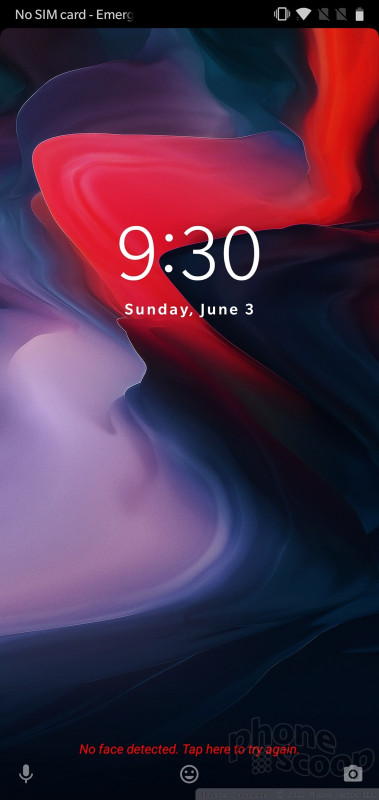





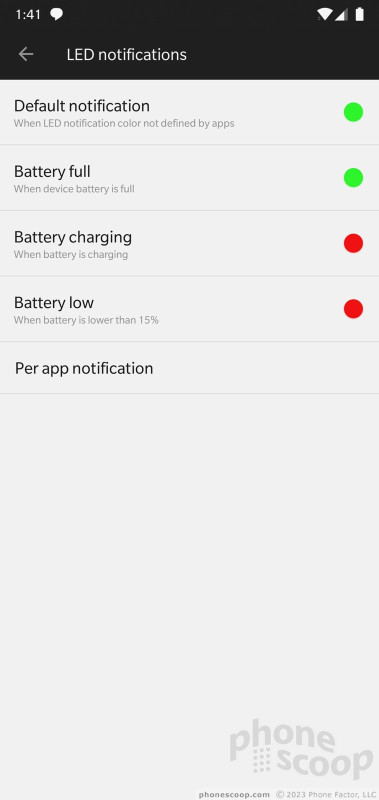





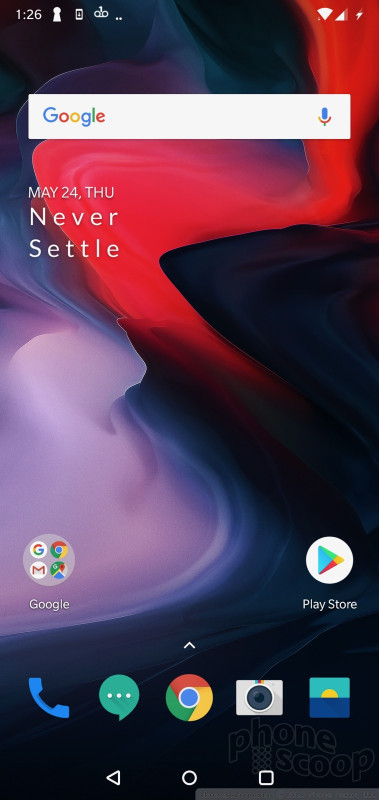







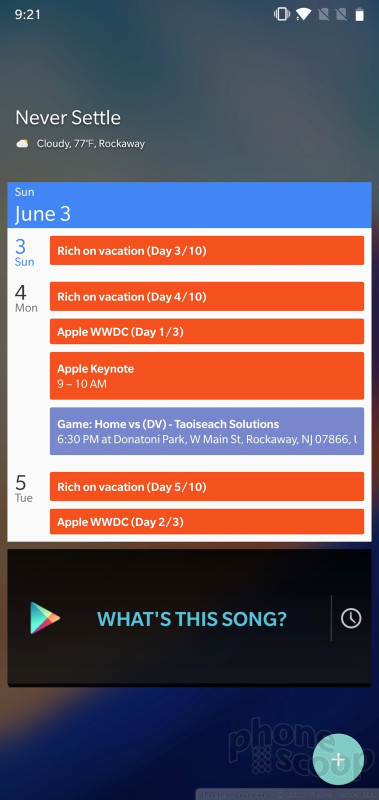




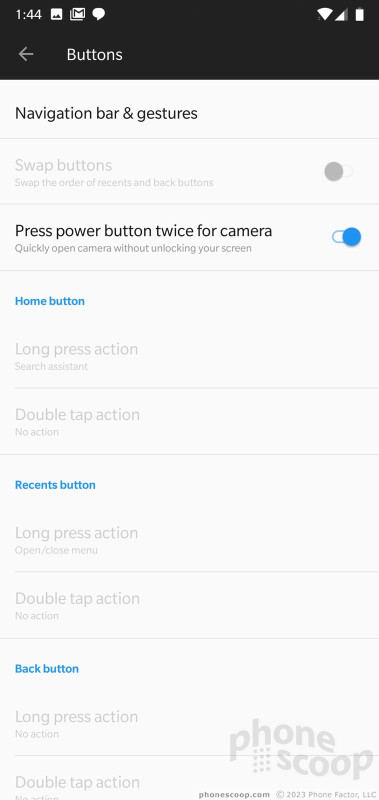





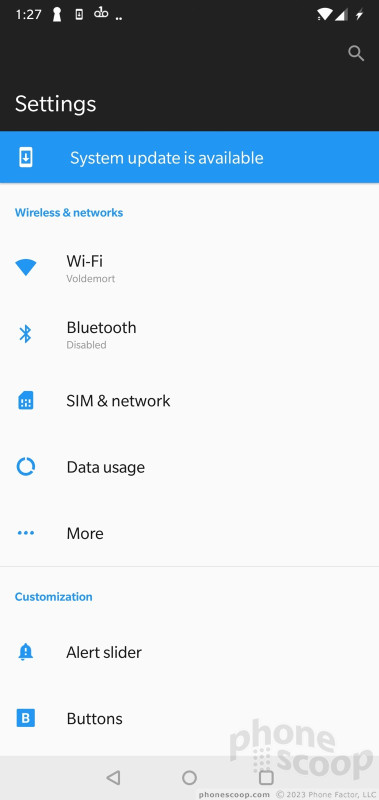






















































 Hands On with the OnePlus 6
Hands On with the OnePlus 6
 OnePlus Offers Open Beta of Android 9 Pie to the OnePlus 6
OnePlus Offers Open Beta of Android 9 Pie to the OnePlus 6
 OnePlus 6 Comes In New Red Finish
OnePlus 6 Comes In New Red Finish
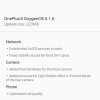 OnePlus 6 Receiving OxygenOS Update with Selfie Portraits
OnePlus 6 Receiving OxygenOS Update with Selfie Portraits
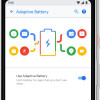 Google Releases Android P Beta 2 with Final APIs
Google Releases Android P Beta 2 with Final APIs
 OnePlus 6
OnePlus 6










